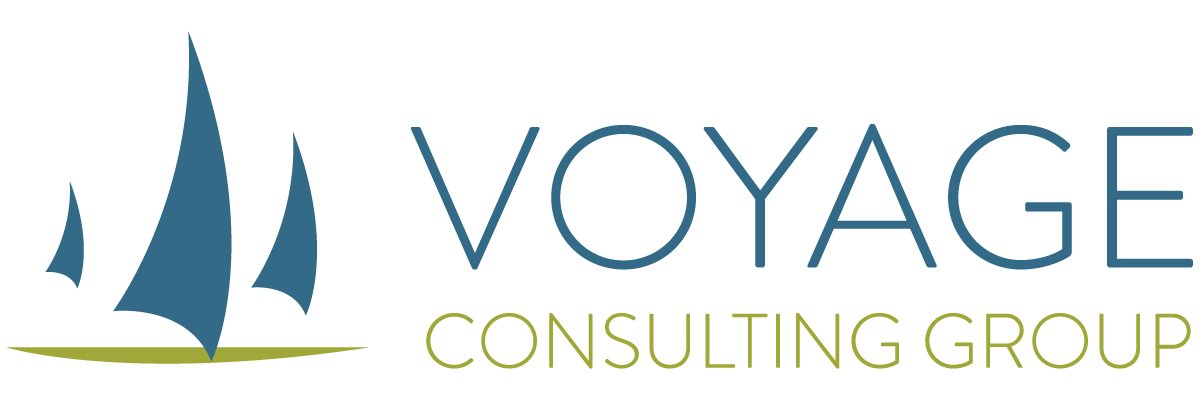
OBSERVATIONS
Employee retention numbers aren’t what they appear
Remember the Great Resignation during 2021 and 2022? Employees changed jobs in record numbers when they were frustrated by work environments, lack of career growth, inflexible policies, and poor management.

